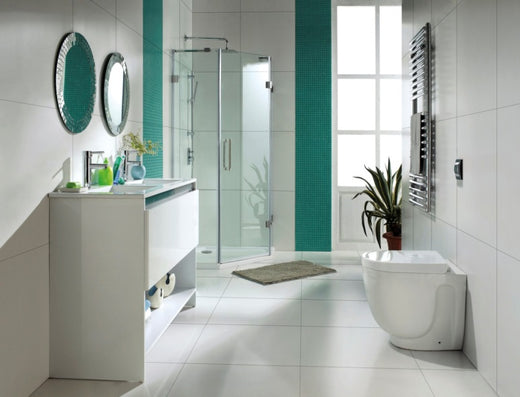Homes are where we feel the safest, but it doesn't mean that we should let our guard down completely! There are still places or items in the home that can pose a danger to us and our loved ones. Here are a few areas to watch out for, so that precautions can be taken to reduce the risk of accidents.
#1 THE BATHROOM:
This may very well be one of the most well-known places for injuries. Slips and falls in a wet bathroom are the most common types of injury in a bathroom.
To prevent serious injuries from occurring in the bathroom:
- Install safety bars in the bathtub along with raised toilet seats with safety bars.
- Have rugs in front of the showering area to ensure that your bathroom floor stays relatively dry.
- Place anti-slip/friction mats in shower areas and bath tubs to minimize the risk of slipping.

#2 OBJECTS ON OPEN SHELVES AND TABLE TOPS:
Collectibles, pottery objects, and lamps can become deadly projectiles.
Steps to take to minimize the risk include:
- Use either hook and loop fasteners on the table and display objects, or non-damaging adhesives such as putty, clear gel, or microcrystalline wax to secure breakables in place. Move heavy items and breakables to lower shelves for stability.
- For homes with young children, keep glass/porcelain items out of reach.

#3 FIRE HAZARDS:
Everything from candles to an unattended iron could lead to an accidental fire in your home, but there is a lot you can do to prevent a fire from starting.
Steps to take to minimize the risk include:
- Making sure fire alarms are installed on all levels, and regularly check and change the batteries to make sure you’ll have adequate warning in the event there is a fire.
- Never leave candles unattended or near loose cloth like drapes or throw pillows.
- Make sure that all appliances are in good working order and that no wires are frayed.
- Don’t overload electrical outlets. In fact, it’s smart practice to unplug small appliances like toasters when not in use.

#4 STOVES:
Stoves present a danger, be it an electric or gas stove both present the danger of burning yourself of your loved ones.
Steps to take to minimize the risks:
- Try to use the back burners when possible. This makes it more difficult for kids to accidentally touch a hot stovetop. Never rest tempting items like cookies or toys on (or near) a stovetop, even when it’s not in use.

#5 WINDOW CORDS:
Cords on window dressings like blinds or curtains can present a strangling hazard to small children and infants.
Steps to take to minimize the risks:
- Location: Never place a crib or bed under a window with dangling cords.
- Cut It Out: To keep children from getting tangled up, either secure all cords out of reach or trim them to a length that is only accessible to the adults in the home. Better yet, trade out window treatments for designs without cords.

#6 SHARP CORNERS:
Furniture are located all around the house and if these furniture has sharp edges they present a threat to not only your kids but yourself.
Steps to take to minimize the risks:
- Install corner protectors to all of your furniture which then will not only keep your home safe but also prevent your furniture from chipping.

#7 CHOKING HAZARDS:
The biggest household choking hazards come from small toys and hard foods that easily block airways, like nuts. The results of a toddler choking can be scary.
Steps to take to minimize the risks:
- Look Around: To keep your home choke-free, regularly inspect toys for loose parts and scour floors for small toys or other items that have rolled under furniture where little hands might easily find them.
- Keep Dangers Out of Reach: Be sure to keep small, hard foods like nuts or hard candies out of reach of children, and make sure everyone takes time to properly chew their food at the dinner table.

#8 PAINTS AND CHEMICALS:
Paints and chemicals are part of our daily lives, however they do present a risk to kids and toddlers who are yet to understand the dangers of these items.
Steps to take to minimize the risks:
- Paint: Even paint that isn’t lead-based needs to be properly stored and kept out of reach of children. And never put paint in a container other than the one it came in to prevent your child from mistaking the paint as a drink.
- Chemicals: Keep all household cleaners in a cupboard with a safety lock to keep kids from accidentally finding them. Lock up pesticides and items like turpentine in a cupboard.

#9 HANGING OBJECTS:
Mirrors, framed pictures, and other objects should be hung from closed hooks so that they can't bounce off the walls.
Steps to take to minimize the risks:
- Pictures and mirrors can also be secured at their corners with adhesive putty. Only soft art such as tapestries should be placed over beds or sofas.

#10 TIPPING DRAWERS:
Open drawers with care. Due to shifts in the centre of gravity, a chest of drawers may easily tip over with excessive drawer weight.
Steps to take to minimize the risks:
- It is advised to place heavier items at the bottom drawers.
- When opening drawers to clean or air, avoid opening more than 2 drawers at a time.



